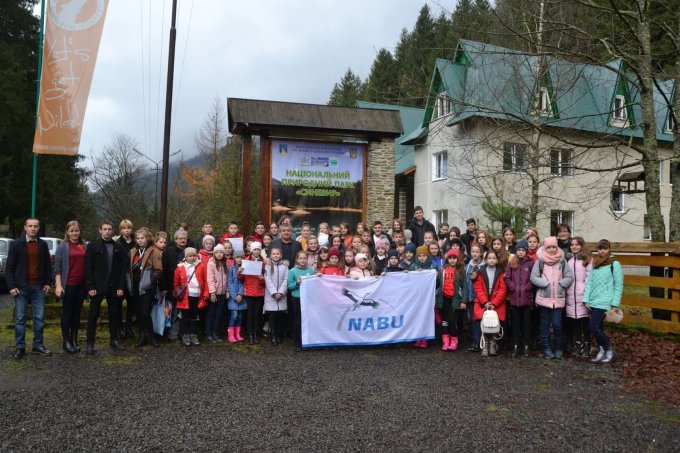Sustainable yak husbandry in the Kyrgyz Tien Shan Mountains
An important contribution to snow leopard protection

A herd of yaks at Song Kol Lake in Naryn Province. - photo: Gabrielle/ stock.adobe.com
This native cattle breed has been raised in Kyrgyzstan for approximately 100 years. Yaks are characterized mainly by their undemanding nature and their adaptability to the conditions in extreme climates; they live outdoors all year round and can thrive at altitudes of up to 4.500 meters. These attributes makes them perfect cattle in alpine regions like Tien Shan; as they provide not just basic food like milk and meat, but also leather and wool for clothes, tools and housing. In light of all these benefits, the Kyrgyz government began subsidizing the expansion of yak husbandry in the country, to help create a better economic perspective especially for the people of remote mountain regions. By now, the total number of yaks has increased to 100.000 animals. The populations are managed by local pasture committees.
Yaks and sustainability
Importantly, yaks rarely fall victim to predators as they are equipped to repel attacks – in contrast to sheep and goats. Thus, inhabitants don´t have to worry about losing their livelihood through snow leopard predation, and consequently hunt these predator animals less often. Second, yaks cause less trampling damage than other livestock and graze without harming the plants’ roots. Therefore, they are adapted to fragile alpine regions and help preserve the habitat for the snow leopard and its prey – mainly the ibex and wild sheep.
The project region around the valley of Kara-Kujur and the bordering areas of Naryn in Central Tien Shan could pasture more animals than they do at the momentHowever, local small farmers tend to use just the lower-situatedmeadows, as the organisational and financial effort to herd the cattle up to the remote summer pastures is simply too high. As a consequence, the winter pasture areas are overused, and at the same time with the loss of species and soil degradation, the quality of the pastures decreases.
-
Yaks can defend themselves well against predator attacks with their pointed horns. - photo: chekart/ stock.adobe.com
-
Yaks in a meadow in Kyrgyzstan. - photo: NABU/ Katja Kaupisch
-
Yaks cause less trampling damage than other animals and graze without damaging the roots of plants. - photo: NABU/ Katja Kaupisch
Developing sustainable pasture management
NABU works closely with the local communities and pasture committees to develop sustainable pasture management plans in order to protect the valuable biodiversity in this area as well as to preserve the pastures for herders. To compensate the added effort expended by herders in implementing protective measures, the project also includes the developmentof a marketing strategy for yak products, aiming to support sustainable economic activities and an appropriate income for the farmers. A market analysis conducted in the project region as well as in Bishkek shows potentials for the sales of yak products. Furthermore, within the context of an educational trip to Germany, some pasture committee representatives had the chance to gain knowledgeabout the strategies of small farmers in the field of yak product sales.
In addition to these project components, NABU had the chance to build an environmental educational centre to increase the pastoralists’ awareness of environmental issues. In future, the centre might not just be used for educational objectives, but also be opened for eco-tourism activities, providing another sustainable income opportunity to local communities. On-site, insights into the project work are provided to children, adolescents, and interested individuals.
Project facts
Project title
Sustainable yak husbandry in the Kyrgyz Tien Shan Mountains
Country/Region
Kyrgyzstan, valley of Kara-Kujur and the bordering areas of Naryn in Central Tien Shan
Period
January 2016 until today
Partners
NABU Kyrgyzstan
Sponsored by / Supported by
VGP Foundation, UBA and BfN
With this project we are contributing to the following SDGs
SDG 1, SDG 12, SDG 15
related topics
NABU promotes sustainable regional development worldwide. Our international projects always include income-generating activities, which comprehensively address all three dimensions of sustainability - balancing economy, ecology and social equality. more →








